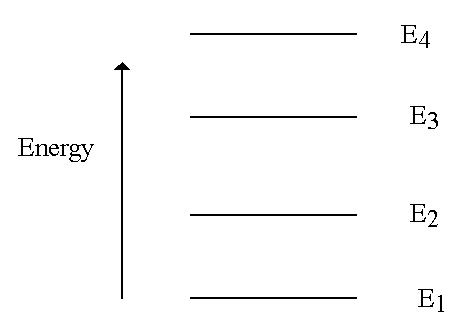
Some interesting work done by John Dalton nearly 100 years prior to John Keely's describe this exact idea of elementary atoms radiating "rays" of energy, the number of which contributed to the ability or inability of various elements to associate into new chemical substances. Ask any good chemist to describe a chemical association or dissociation and he will first look to the atomic weights of the substances to be associated. This impulse modulates the relative chemical (atomic) frequencies of the compound bringing about an inharmonious association - the elements become repulsive to each other and rapidly expand away. This is the sole purpose of a detonator - to cause a sharp and violent high frequency impulse. Take a stick of dynamite for an example: the chemicals are held in a stable (balanced, harmonious) state until they are violently shaken (read vibrated) by an impulse from a detonator. It follows that a complex chemical substance can be broken down by increasing the inharmony present in one or more of the substances thereby causing them to mutually repulse one another. Atomic substances that have a harmony with each other will be attracted and form new substances whereas atomic substances having an inharmonic or non-harmonious relationship will be mutually repulsed and will not form a new and unique substance.

So the study of chemistry must be the study of harmony, i.e., the attraction and repulsion of particles which are governed by the frequency of the associated substances.

We know from even a simply study of chemical actions that these actions are an association or dissociation of atomic and subatomic particles and very little else. Thinking along these lines one is enlightened as to what Keely means when he uses the term Chemism. If the radiating frequencies are not in harmony, the two substances will be repulsed (see Law of Repulsion, issue #8). In fact, according to Keely, it is this harmonious relationship between resonant substances that is cohesion (see Law of Attraction, issue #8). With these numbers in hand it should be easy to determine any element's radiating force (rad-energy or radioactivity coefficient).Īccording to the Laws of Harmonic Attraction and Repulsion, if these radiating forces are in a harmonic ratio with a neighboring substance, the two will join and be held together by cohesion. Keely tells us that they all do according to their tension and atomic weight. Hence we cannot say that gold, for instance, does not have a radiating force or that hydrogen (the lightest of recognized elements) does not also have this quality. When the radiating forces are weak as may be from a light element, the effect may not be noticeable, yet the effect is still there. When considering heavy element radiation, the force is considerable and has a considerable effect on its neighbors. Rad-energy is also a force that radiates. The term radiation implies a force that radiates. If the atom was very dense as in uranium or other radio-active substances, then this effect is very noticeable. We may (with tongue-in-cheek) associate Keely's Thermism with the modern term of "latent heat." The other force, Rad-energy, we may conceptualize as that force or energy that radiates from given atom and causes the effects an atom has on its neighbors. Thermism as we have already seen, is or can be associated with heat. The unique idea here is the separate distinction between creative force (Thermism) and the Transmissive force ((Rad-energy).

This is a simple statement and one that is easily verifiable by consulting any good reference work on atomic resonances. Keely indicates that atoms oscillate within and just around the visible light frequencies depending on the weight of the atoms.

The Law of Harmonic Attraction & Repulsion was discussed in issue #8. Scholium: Dark radiant heat begins at absolute zero temperature, and extends through light, chemical rays, actinic rays, and infra-violet rays, up to the dissociation of all molecules to the 63rd octave." "All atoms when in a state of tension are capable of oscillating at a pitch inversely as the cube of their atomic weights, and directly as their tension from 42 to 63 octaves per second, producing the creative force (Thermism), whose transmissive force (Rad-energy) propagated in solid, liquid, and gaseous ether, produces the static effects (Cohesion and Chemism) on other atoms of association, or dissociation, according to the Law of Harmonic Attraction and Repulsion. In court? Need assistance? Jurisdictionary


 0 kommentar(er)
0 kommentar(er)
